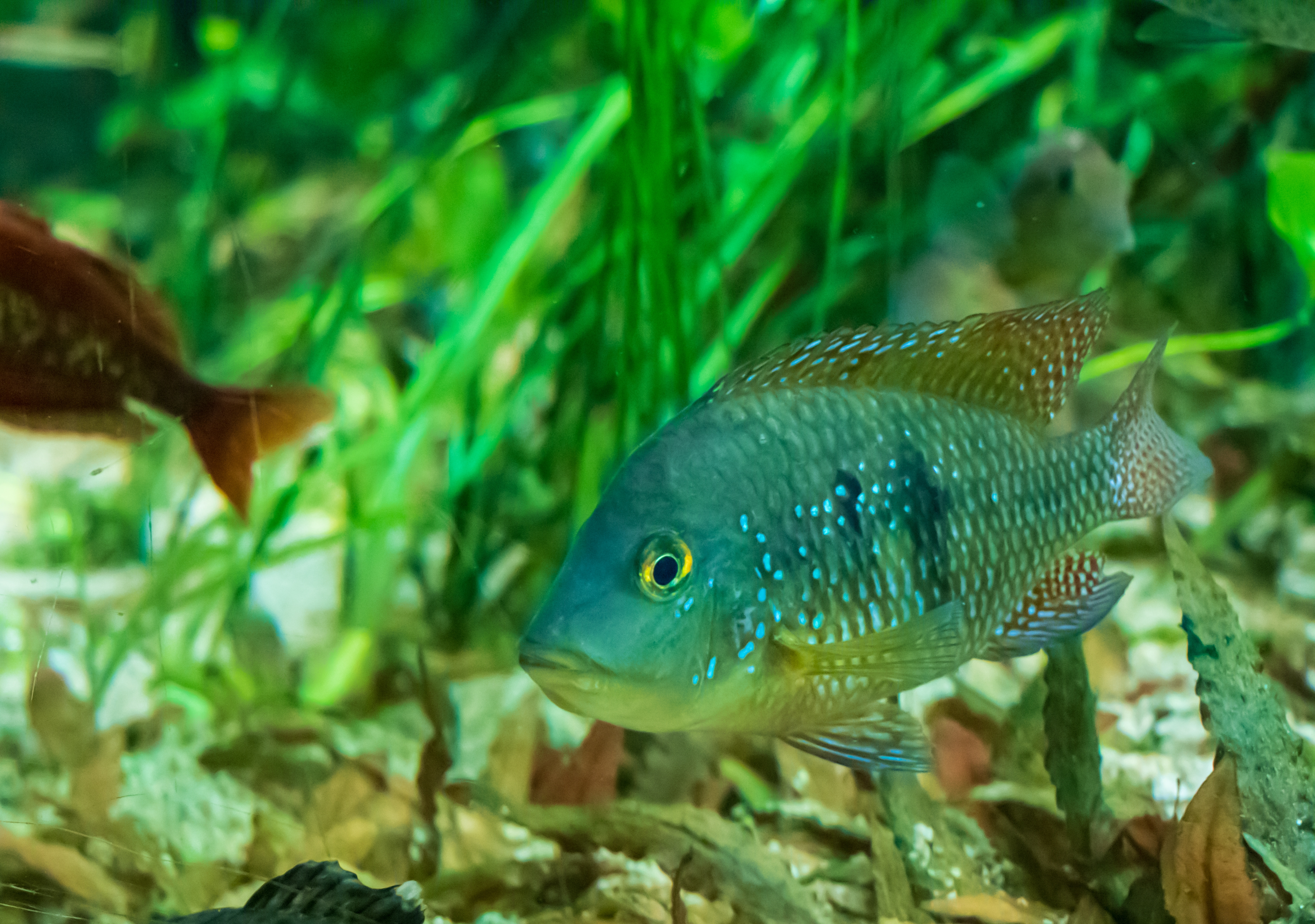Why Biologists Are Turning to RFID Tag Readers for Accurate Fish Behavior Studies

Strong 8k brings an ultra-HD IPTV experience to your living room and your pocket.
In the past decade, studying aquatic wildlife—especially fish—has undergone a quiet revolution. No longer reliant solely on observation or short-lived tagging methods, biologists today are diving deep into data with the help of a powerful piece of technology: the RFID tag reader. As ecosystems shift, populations decline, and climate variables complicate aquatic research, accuracy and long-term data have become non-negotiables. Enter RFID (Radio-Frequency Identification), a game-changing tool that's transforming how researchers monitor fish behavior, migration, survival, and more.
But what makes the RFID tag reader stand out? Why are research teams, conservationists, and universities around the globe adopting it at a rapid pace? Let’s dive in.
Understanding RFID Technology in Aquatic Research
Before we get into the “why,” let’s break down the “what.”
RFID technology uses electromagnetic fields to automatically identify and track tags attached to objects—or in this case, animals. Each tag contains a microchip that stores a unique ID number. When a tagged fish passes near an RFID tag reader, the reader logs that fish’s ID, along with the date and time of the encounter.
This non-invasive system doesn’t require researchers to recapture or physically observe fish to gather data. And since the tags are often passive (meaning they have no internal battery and are activated by the reader’s energy), they can last for years inside a fish’s body with no maintenance.
The Growing Need for Precise Fish Tracking
Climate change, overfishing, pollution, and habitat fragmentation are dramatically altering aquatic environments. Understanding how fish respond to these pressures—where they move, how often, and why—has never been more urgent.
Traditional tagging methods like acoustic telemetry or PIT (Passive Integrated Transponder) tags require either line-of-sight observation or manual detection, which limits their range, frequency, and longevity. That’s where RFID steps in.
With an RFID tag reader, biologists can collect continuous, accurate data 24/7—without disturbing the fish or the habitat.
Why Biologists Are Making the Switch to RFID Tag Readers
Let’s take a look at the core reasons why RFID technology is becoming a go-to solution in fish behavior studies:
1. Non-Invasive Monitoring Over Time
One of the biggest advantages of using the tag reader is that it allows for long-term, non-intrusive observation. After a fish is tagged, it can be monitored for months or even years without human interference.
This provides researchers with high-resolution time-series data that simply can’t be replicated through manual recapture or visual observation. Whether tracking seasonal migrations or diel movement patterns (day vs. night activity), the system works quietly in the background.
2. High Accuracy and Individual-Level Data
Each RFID tag has a unique code, allowing researchers to follow individual fish across different readers placed throughout a river, hatchery, or lake. This helps them understand not just population-level trends but the decisions and behaviors of single animals.
This level of detail is critical for understanding how individual fish react to changes in their environment, how they interact with man-made structures like dams, or how certain behaviors may be linked to survival rates.
3. Cost-Effective and Scalable
While the initial setup of an RFID tag reader system (including readers, antennas, and tags) requires investment, it’s far more cost-effective in the long run compared to manual surveys or labor-intensive fieldwork.
Researchers can deploy dozens of readers across a wide area and let the system do the work. Since passive RFID tags are relatively inexpensive and long-lasting, the per-fish tracking cost drops significantly over time.
4. Data Continuity and Minimal Human Error
Manual data collection is vulnerable to bias, fatigue, or misreporting. An RFID tag reader system removes this issue entirely. It logs every detection precisely, with timestamped consistency. Researchers don’t have to worry about missing observations or introducing human error into sensitive ecological data.
Real-World Applications: Case Studies in RFID Fish Tracking
Across the world, RFID tracking is being used in groundbreaking aquatic research:
Columbia River Basin, USA
Biologists are using these tag readers to study salmon migration. With arrays placed at fish ladders and weirs, researchers can detect which fish make it past and when—vital information for conservation efforts and dam management.
Great Lakes Tributaries
In the Great Lakes region, RFID systems are tracking invasive species like sea lamprey. By understanding their movement, scientists can better target control efforts and reduce ecological harm.
Hatchery Survival Studies
Fish hatcheries increasingly rely on RFID to monitor survival and dispersal post-release. This helps optimize release timing, conditions, and even breeding strategies for improved survival.
Limitations and Considerations
Of course, no technology is perfect. There are some challenges with RFID in aquatic environments:
- Reader Range Limitations: Passive RFID requires close-range detection, typically within a few feet. Proper placement is essential.
- Tagging Size: Smaller fish may not be able to carry RFID tags without affecting health or behavior.
- Environmental Interference: Metal structures, high flow rates, or sediment can sometimes reduce read accuracy.
Still, ongoing advancements in tag miniaturization and antenna design are steadily solving these issues. Modern RFID tag reader systems are more adaptable than ever.
The Commercial Angle: RFID in Fisheries and Aquaculture
Beyond research, commercial fisheries and aquaculture facilities are leveraging RFID readers too. They’re used to:
- Track feeding behavior
- Monitor movement within pens
- Ensure traceability from hatchery to harvest
Companies focused on sustainable fish farming are adopting RFID technology to boost efficiency and accountability. With regulatory frameworks tightening globally, RFID offers a transparent, traceable solution.
The Bottom Line
Biologists are turning to RFID tag readers not because it’s trendy—but because it works. In an era where ecological precision, cost-efficiency, and animal welfare are all priorities, this technology ticks every box.
Whether it's understanding how salmon navigate dams, how climate shifts alter fish behavior, or how to protect endangered species from extinction, RFID is giving scientists the data they need to make smart, science-driven decisions.
In short, RFID isn’t just the future of fish tracking. It’s the now.
Note: IndiBlogHub features both user-submitted and editorial content. We do not verify third-party contributions. Read our Disclaimer and Privacy Policyfor details.







